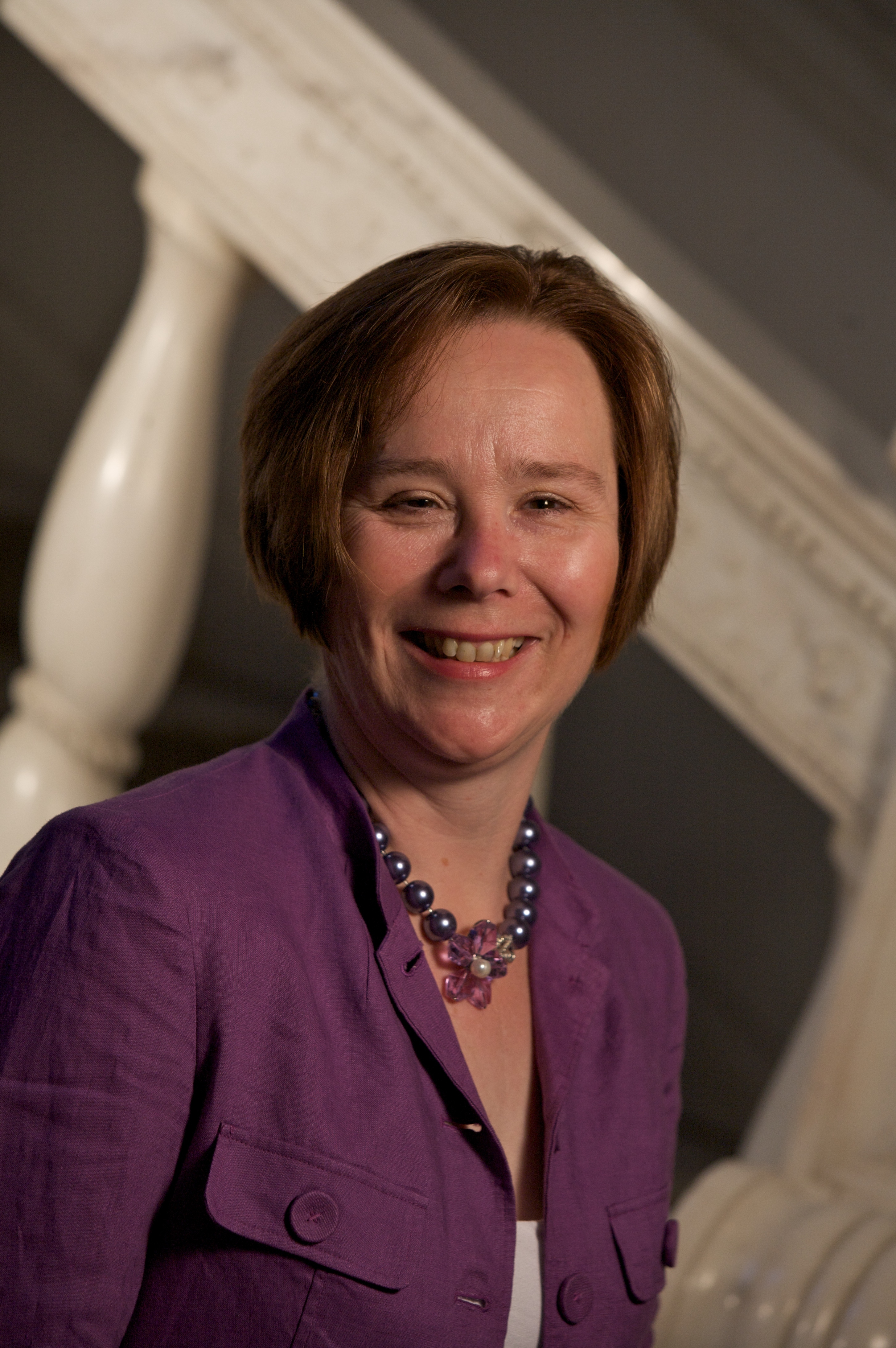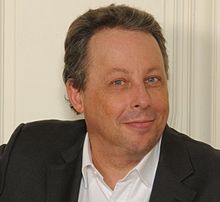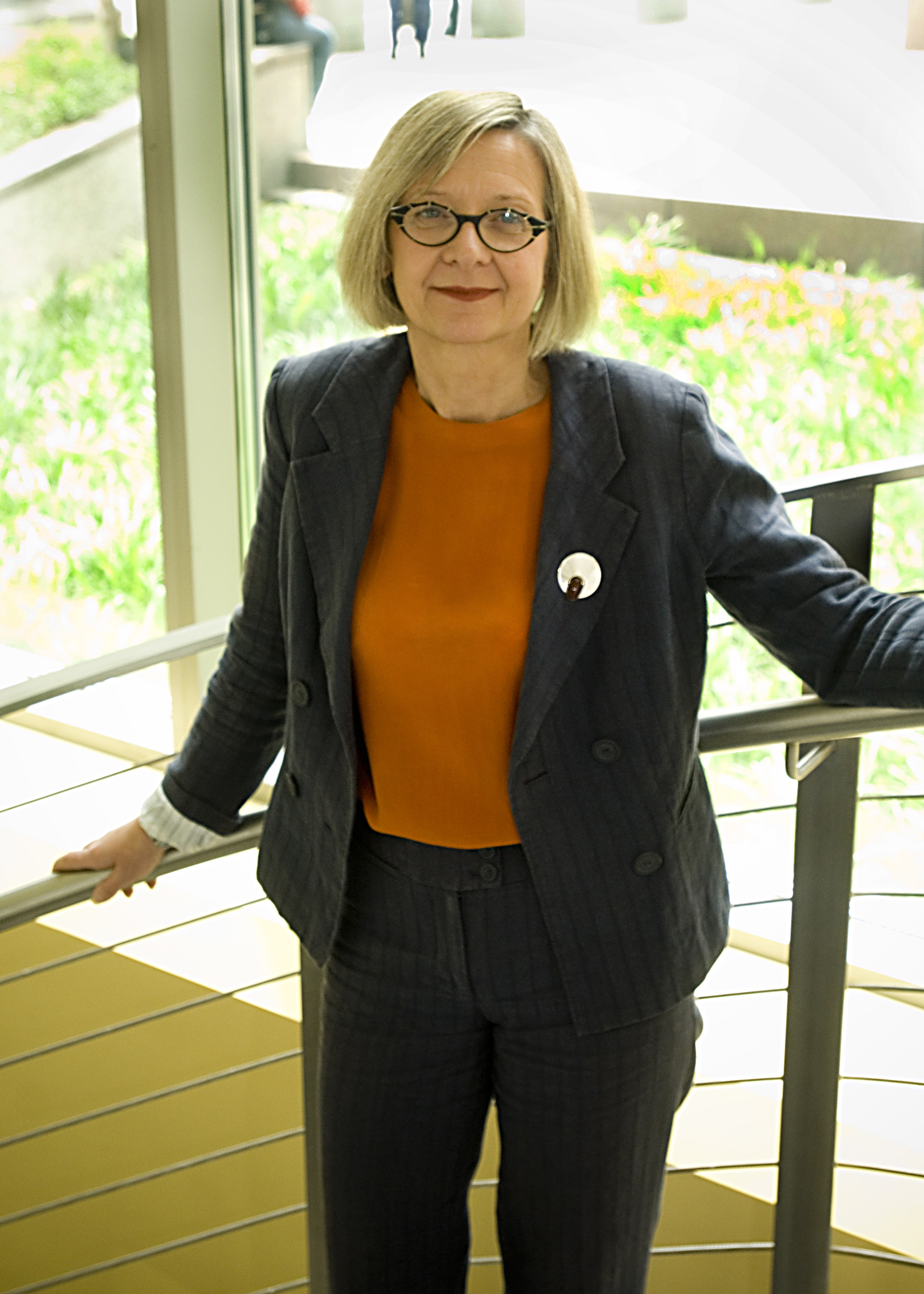FEBS Biomolecular complexes and assemblies
A FEBS Journal Symposium to honor Richard Perham
Tuesday 2 September
9:00 - 11:00, Room 243
 |
Sheena E. Radford Rare Events, Yet Increasing Opportunities: Towards Combatting Amyloid Disease Most proteins fold efficiently to their native structures in vivo, assisted by molecular chaperones. It is widely known, however, that proteins do misfold and that misfolding events can result in conformational disease. Work in our laboratory aims to elucidate the mechanisms by which proteins fold, or misfold and aggregate. Our aim is to understand the fundamental principles that govern the search of the polypeptide for the native state and to inform the development of therapeutics against misfolding disease. In the lecture I will describe our recent results which have provided new insights into why this protein is amyloidogenic, and how biomolecular collisions between different protein sequences can either turn an initially innocuous protein into an amyloidogenic state, or inhibit the progress of assembly. In addition, I will present data that compare the structure and stability of homo- and hetero-polymeric fibrils formed from related proteins. These findings demonstrate how co-polymerization of related precursor sequences can expand the repertoire of structural and thermodynamic polymorphism in amyloid fibrils, to an extent that is greater than that obtained by polymerization of a single precursor alone. Biography |
|
|
|
||
 |
Frédéric Dardel, FR RNA & RNA-protein complexes Abstract to follow Biography Biography to follow |
|
|
|
||
 |
Wolfgang Baumeister Structural studies of the 26S proteasome holocomplex Biography Wolfgang Baumeister studied biology, chemistry and physics at the Universities of Münster and Bonn, Germany, and he obtained his Ph.D. from the University of Düsseldorf in 1973. From 1973-1980 he was Research Associate in the Department of Biophysics at the University of Düsseldorf. He held a Heisenberg Fellowship spending time at the Cavendish Laboratory in Cambridge, England. In 1982 he became a Group Leader at the Max-Planck-Institute of Biochemistry in Martinsried, Germany and in 1988 Director and Head of the Department of Structural Biology. He is also an Honorary Professor on the Physics Faculty at the Technical University in Munich. |
|
|
|
||
 |
Angela Gronenborn Synergy between NMR, cryo-EM and large-scale MD simulations - Novel Findings for HIV Capsid Function Mature HIV-1 particles contain a conical-shaped capsid that encloses the viral RNA genome and performs essential functions in the virus life cycle. Previous structural analysis of two- and three-dimensional arrays provided a molecular model of the capsid protein (CA) hexamer and revealed three interfaces in the lattice. Using the high-resolution NMR structure of the CA C-terminal domain (CTD) dimer and in particular the unique interface identified, it was possible to reconstruct a model for a tubular assembly of CA protein that fit extremely well into the cryoEM density map. A novel CTD-CTD interface at the local three-fold axis in the cryoEM map was confirmed by mutagenesis to be essential for function. More recently, the cryo-EM structure of the tube was solved at 8Å resolution and this cryo-EM structure allowed unambiguous modeling and refinement by large-scale molecular dynamics (MD) simulation, resulting in all-atom models for the hexamer-of-hexamer and pentamer-of-hexamer elements of spheroidal capsids. Furthermore, the 3D structure of a native HIV-1 core was determined by cryo-electron tomography (Cryo-ET), which in combination with MD simulations permitted the construction of a realistic all-atom model for the entire capsid, based on the 3D authentic core structure. Biography Dr. Gronenborn received Ph.D. in Chemistry from the University of Cologne, Germany. After post-doctoral work with Jim Feeney at The National Institute for Medical Research in Mill Hill, London, UK she continued her research at NIMR in the Division of Physical Biochemistry. In 1984 she moved to the Max Planck Institute of Biochemistry in Martinsried, Germany, as head of the biological NMR group. From 1988 to 2005 she worked at the National Institutes of Health in Bethesda, USA and since 2005 she is a Professor at the University of Pittsburgh Medical School where she currently holds the UPMC Rosalind Franklin Chair in Structural Biology. |
|
|
|
||
 |
Vladimir Uversky Intrinsically disordered proteins: Dancing protein clouds Biography Vladimir UVERSKY obtained his Ph.D. in biophysics from Moscow Institute of Physics and Technology (1991) and D.Sc. in biophysics from Institute of Experimental and Theoretical Biophysics, Russian Academy of Sciences (1998). He spent early career working on protein folding at Institute of Protein Research and the Institute for Biological Instrumentation (Russian Academy of Sciences). In 1998, he moved to the University of California Santa Cruz to work on protein folding, misfolding, and protein intrinsic disorder. In 2004, he moved to the Center for Computational Biology and Bioinformatics at the Indiana University Purdue University Indianapolis to work on the intrinsically disordered proteins. Since 2010, he is with the Department of Molecular Biology at the University of South Florida. |
|
|
|
||
 |
David Nicholson David Nicholson will give a brief overview of the impact and influence of FEBS Journal on the biochemistry and molecular biology communities under the editorship of Professor Richard Perham of the University of Cambridge. Professor Perham became the Editor of the journal in 1996 and passed the baton to Professor Seamus Martin at the end of 2013. During the his time as Editor, Professor Perham steered the journal through a successful transition from the European Journal of Biochemistry and to the FEBS Journal, whilst also navigating significant change in the environment for scholarly communication. Biography David Nicholson joined Wiley in 2004 and has over 20 years of experience of working in scientific publishing, largely in editorial and business development roles. David leads Wiley’s journal portfolio in life and earth sciences, working with key partners including FEBS and EMBO, and works with an excellent team of colleagues based in Europe, North America and Asia. |
|





